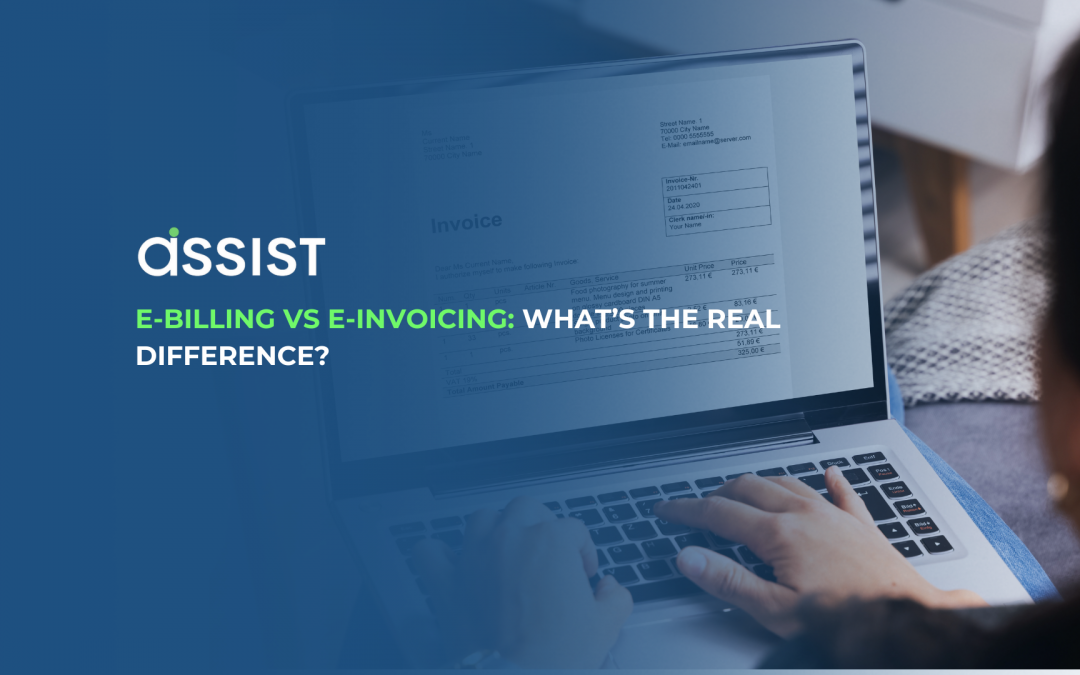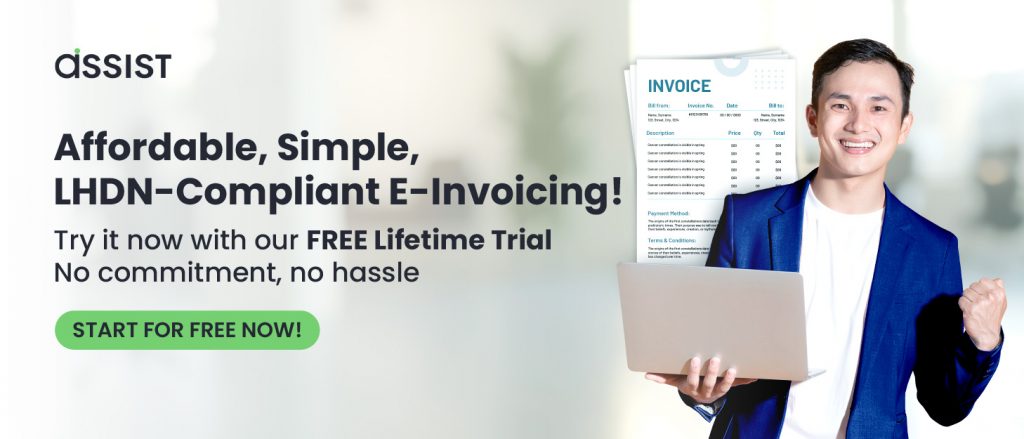Remember when invoices were printed, stamped, and couriered? Fast forward to today, where one click can replace days of paperwork. Businesses are trading physical ledgers for sleek dashboards—and it’s not just for convenience. It’s about speed, compliance, automation, and customer experience.
But here’s where it gets messy: “digital” billing systems come in different flavors—and knowing what you’re working with matters.
What Exactly is E-Billing?
E-billing is like the digital version of handing someone a bill at a cafe—but through email, apps, or web portals. It’s typically used for B2C (business-to-customer) interactions, like:
Mobile bills
Utility charges
Subscription reminders
Here’s the flow in a nutshell:
📩 Bill sent electronically → Payment link provided → Customer pays online
🧾 Common Features of E-Billing:
Email or portal-based delivery
Payment gateways (FPX, cards, e-wallets)
Auto-reminders and notifications
Think of it as a polite digital nudge asking, “Hey, here’s your bill. Ready to pay?”
What is E-Invoicing, Then?
E-invoicing goes several steps further. It’s built for B2B transactions and integrates directly with a business’s financial systems.
Where e-billing ends with a customer making payment, e-invoicing begins with structured data and ends with tax compliance.
👨💼 Real-world example: Let’s say Company A delivers services to Company B. Company A sends an e-invoice in XML format, which is picked up by Company B’s ERP system and reported to tax authorities in real time.
🧩 Typical Features of E-Invoicing:
Machine-readable formats (XML, JSON)
API connections with government portals (like Malaysia’s MyInvois)
Real-time validation and tracking
Full integration with accounting software
How E-Billing and E-Invoicing Truly Differ
Here’s a side-by-side comparison to make things crystal clear:
| Feature | E-Billing | E-Invoicing |
|---|---|---|
| Target audience | End customers (B2C) | Businesses (B2B) |
| Format | PDF, HTML, email | Structured data (XML/JSON) |
| Purpose | Facilitate payment | Record financial transactions |
| System Integration | Minimal | Deep ERP/accounting integration |
| Regulatory Compliance | Optional | Often mandatory |
| Payment integration | Yes | Sometimes, but not always |
| Tax Reporting | Manual | Automated (real-time submission) |
Why Businesses Still Choose E-Billing
Don’t count e-billing out—it has some solid perks, especially for customer-facing businesses.
✅ Practical Benefits:
Faster payments: Customers get bills quicker, often with one-click payment links.
Cost savings: No paper, no postage.
Customer satisfaction: Easy-to-read digital bills feel modern and user-friendly.
Lower error rates: Templates and automation reduce manual mistakes.
🧠 Pro Tip: Pair e-billing with auto-reminders and recurring billing for subscription-based businesses.
Why E-Invoicing is Gaining Ground—Fast
In places like Malaysia, e-invoicing isn’t just a cool feature anymore—it’s becoming law. By 2027, every business will need to comply with LHDN’s e-invoice framework via MyInvois.
💡 Here’s Why E-Invoicing Rocks:
Legal compliance: Especially useful where tax reporting is required.
Automated tracking: No more lost invoices or manual archiving.
Real-time data: Instant visibility into receivables and payables.
Audit readiness: Structured formats make audits painless.
📊 A Snapshot:
A logistics company in Klang shaved 12 hours a week from its finance team’s workload by switching to a MyInvois-compliant e-invoicing system. That’s 624 hours saved a year—imagine the ROI.
Which One Do You Actually Need?
Here’s the thing: you don’t have to choose one over the other. Many businesses benefit from using both.
🧠 Ask Yourself:
Do you sell to customers or other businesses?
Do you need real-time compliance reporting?
Are you preparing for Malaysia’s 2025-2027 e-invoice rollout?
Do your clients demand digital documentation integration?
Here’s a cheat sheet:
| Scenario | Best Fit |
|---|---|
| Monthly bills to customers | E-Billing |
| Tax-compliant B2B invoices | E-Invoicing |
| Retail with high volume | E-Billing |
| Export/import and procurement | E-Invoicing |
| Subscription-based services | Both |
Final Thoughts: Don’t Get Left Behind
The distinction between e-billing and e-invoicing isn’t just technical jargon. It affects how your business gets paid, stays compliant, and builds credibility.
The digital transformation of business finance is accelerating—and the earlier you adapt, the smoother your operations will be.
Don’t wait until compliance deadlines knock at your door. Assist.biz makes transitioning to e-invoicing in Malaysia simple, compliant, and hassle-free.
👉 Visit Assist.biz and get started with a platform that speaks your language—and your accountant’s too.


Recent Comments